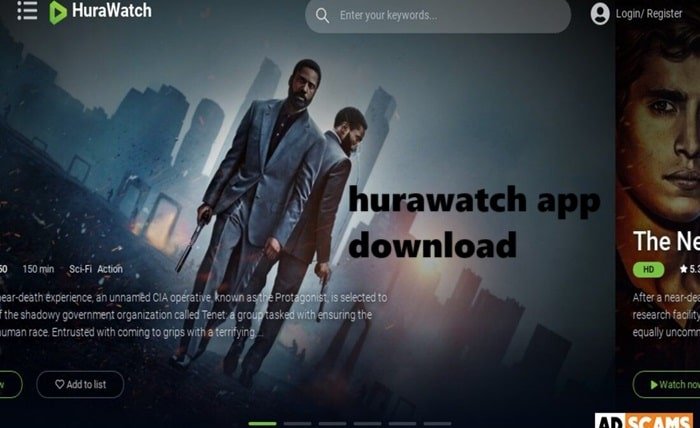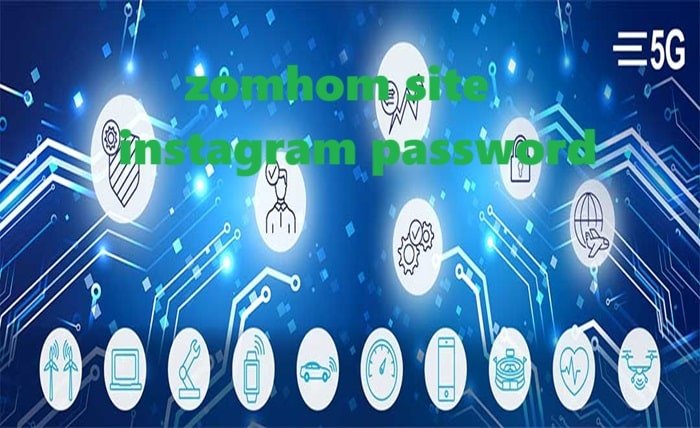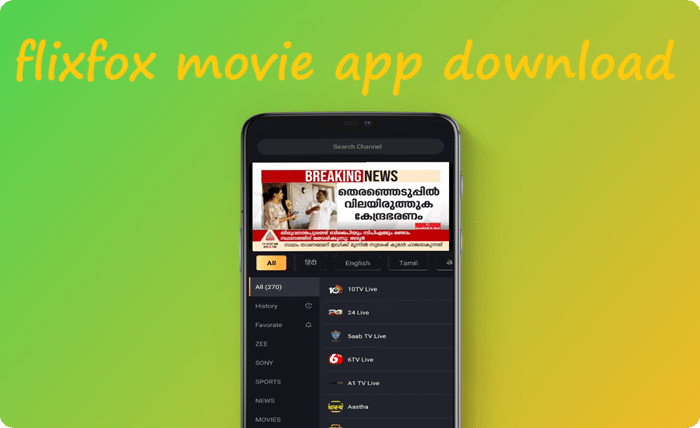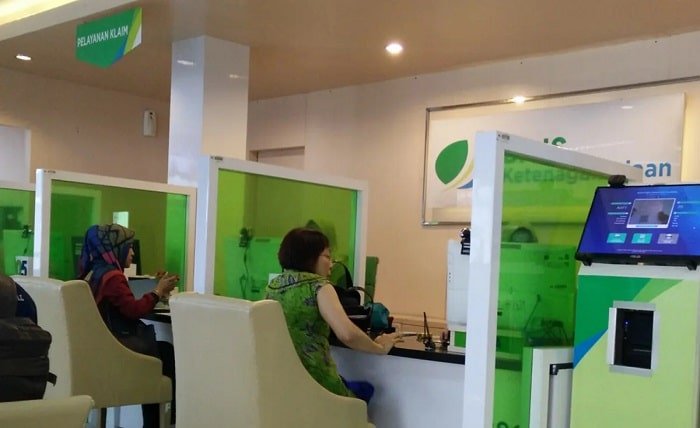In today’s fast-paced digital world, accessibility is more important than ever. With rapid advancements in technology, society is striving to ensure that people of all abilities can access information and participate in daily activities. One such development has been the rise of digital tools aimed at enhancing the lives of individuals with visual impairments. These innovations have transformed how information is consumed and have opened new doors for inclusion and independence.
One of the most impactful technologies in this space is text-to-speech (TTS) technology. TTS readers are software tools that convert written text into spoken words, allowing users to listen to digital content rather than reading it. This feature has proven invaluable for people with vision loss, learning disabilities, or those who simply prefer auditory information over reading.
There are a variety of TTS readers available in the market, and many offer free options that are accessible to anyone. For instance, a TTS reader free option allows users to access this technology without financial barriers, which is crucial for individuals who may not have the resources to invest in premium tools. These free readers often come with customizable features such as voice selection, speed adjustments, and even text highlighting to improve comprehension and engagement.
Beyond just accessibility, TTS readers are revolutionizing the way people consume content. For individuals who are on the go, listening to articles, books, or emails through TTS technology has become a convenient alternative to traditional reading. It also supports multitasking, enabling users to stay informed while performing other tasks, such as exercising or commuting.
As we look to the future, the potential of TTS technology is immense. The ongoing development of artificial intelligence and machine learning is helping these readers become even more sophisticated, with improvements in voice quality, emotional expression, and contextual understanding. This progress is making TTS readers more intuitive and enjoyable to use, enhancing the overall user experience.
In addition to its role in aiding individuals with visual impairments, TTS technology is also being integrated into various industries. From education to customer service, TTS is being used to create more inclusive and accessible experiences for everyone. Educational institutions, for example, are incorporating TTS into their classrooms to support students with reading difficulties or to assist non-native speakers in understanding the material.
In conclusion, digital accessibility tools like TTS readers are changing the way we interact with information, offering greater autonomy and inclusion to those who face challenges with traditional reading. With the availability of “TTS reader free” options, the door to a more inclusive and equal digital world is wide open, providing everyone with the opportunity to learn, connect, and thrive in the modern age.





